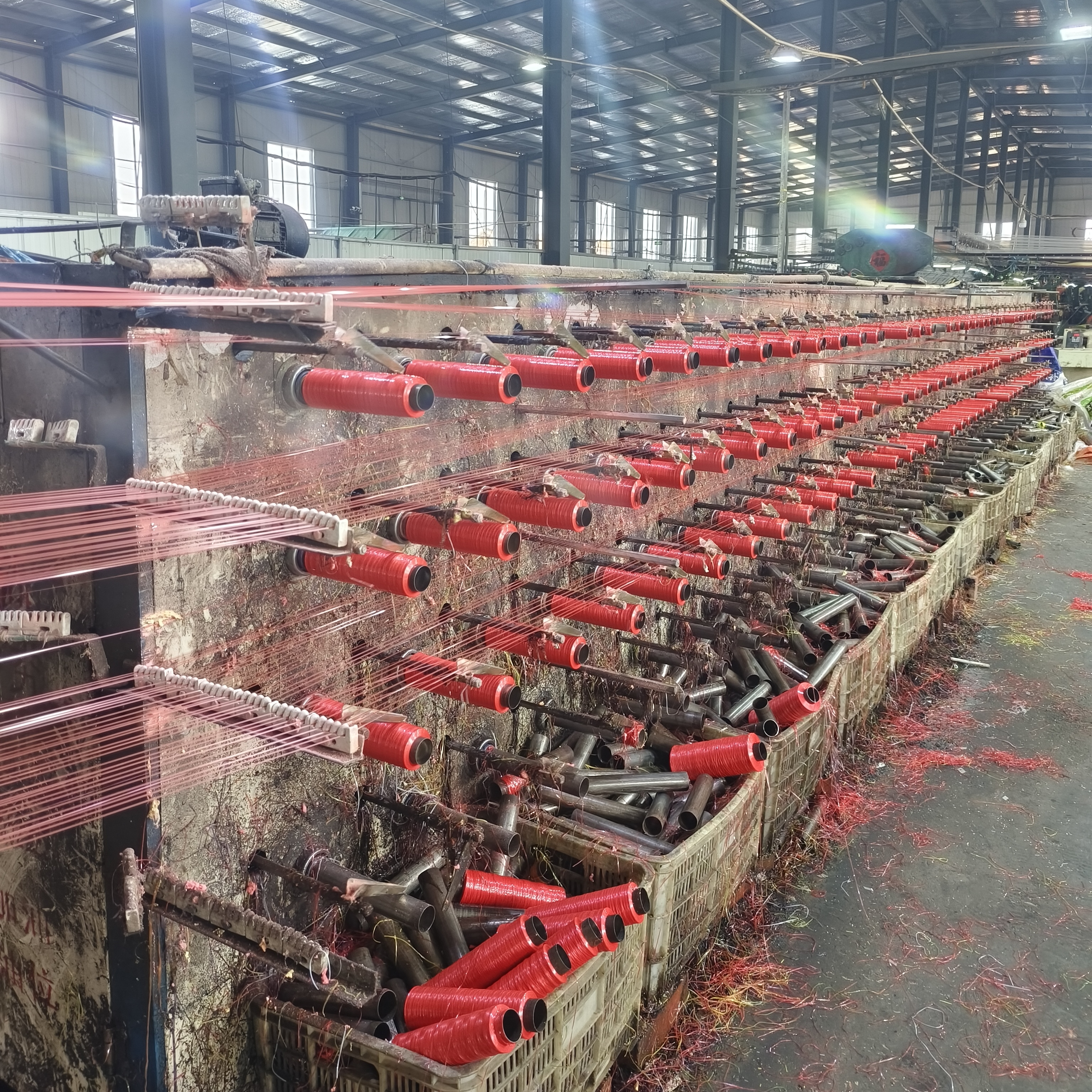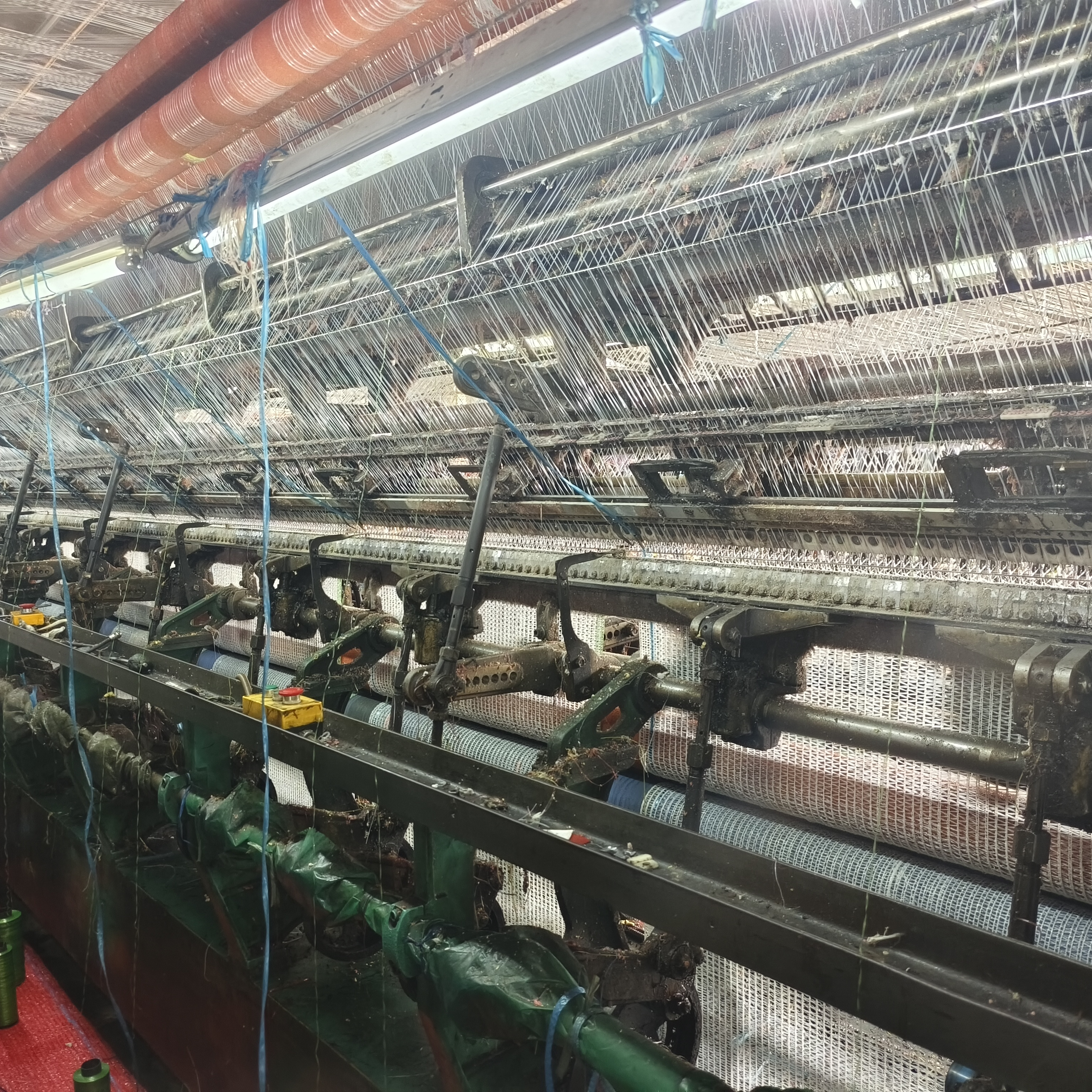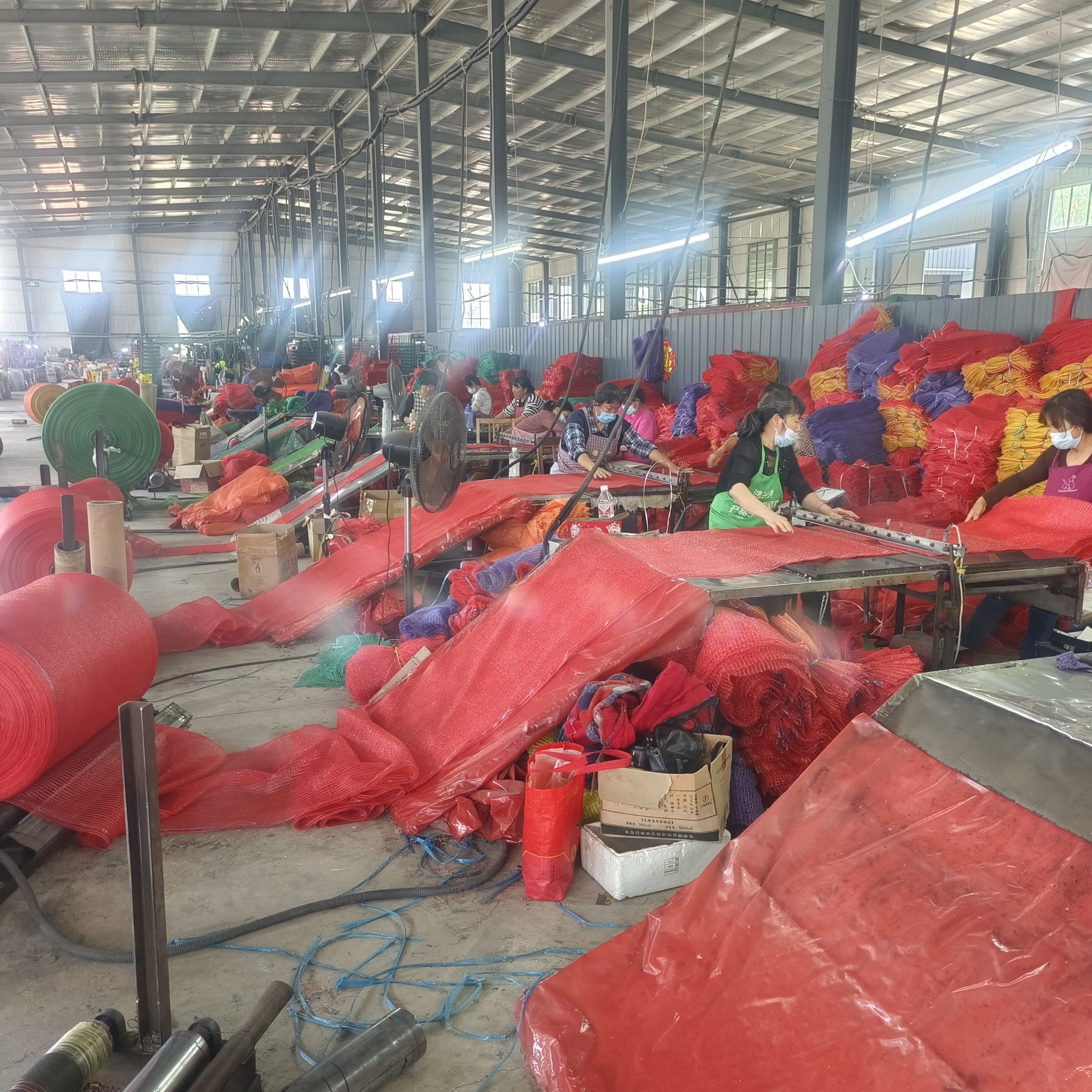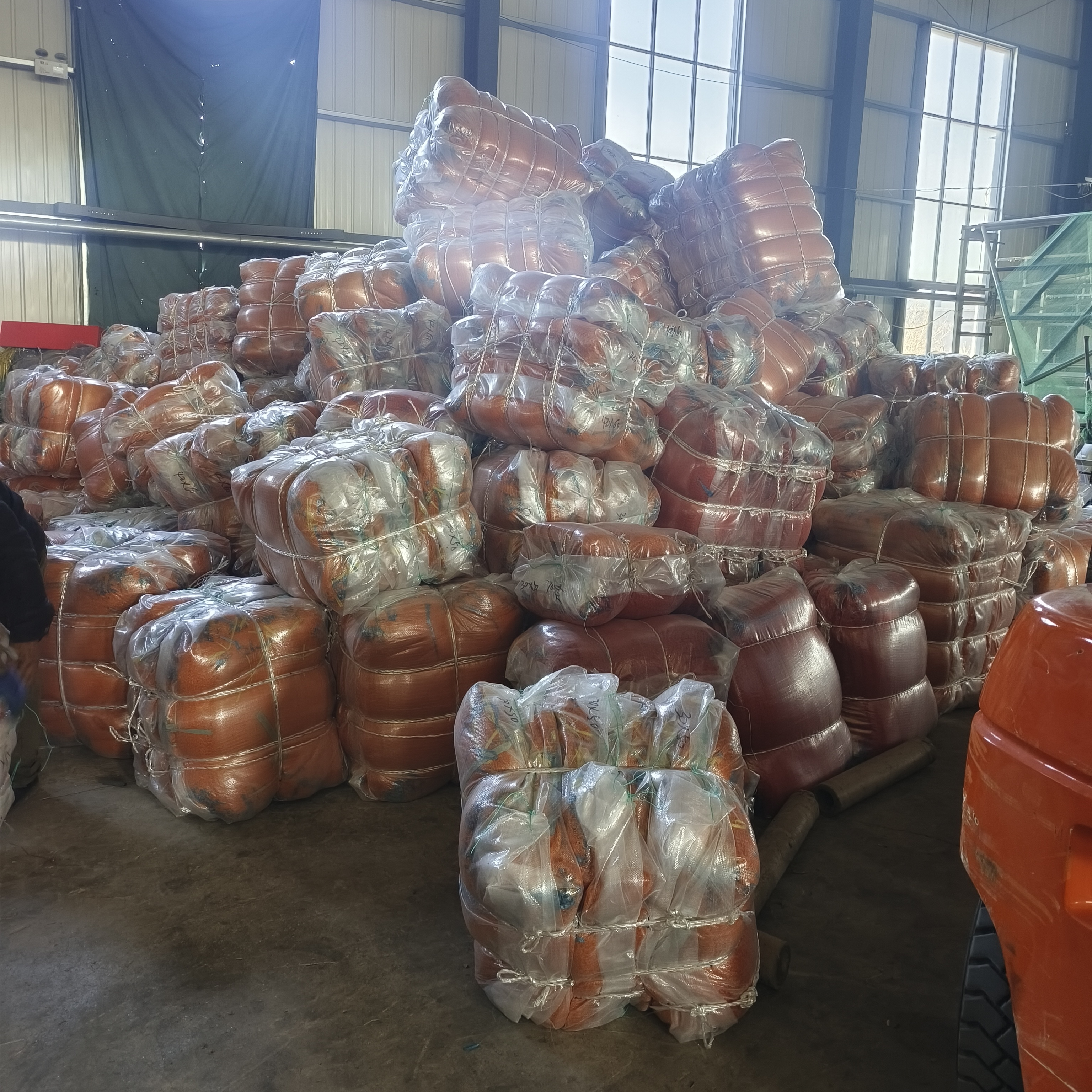Raschel mesh bags are indispensable in the agricultural sector, known for their versatility, durability, and breathability. These bags are used for packaging fruits, vegetables, and even commodities like firewood, ensuring the integrity and freshness of the products. This article delves into the intricate manufacturing process of Raschel mesh bags and explores their diverse uses.
The Manufacturing Process of Raschel Mesh Bags
The production of Raschel mesh bags is an elaborate transformation journey that begins with selecting the right raw materials and ends with high-quality, durable mesh bags ready for various uses.
1. Material Selection
The primary materials used in making Raschel mesh bags are polyethylene (PE). These polymers are chosen for their strength, flexibility, and cost-effectiveness. Sometimes, colorants and UV stabilizers are added to enhance durability and appearance.
2. Extrusion
The chosen material undergoes an extrusion process where the polymer granules are melted and forced through a die to create filament strands. These strands are then cooled to form flat, thin tapes.

3. Warp Knitting
The flat tapes are then fed into a warp knitting machine, which knits the tapes into a mesh fabric with a specific pattern. Raschel knitting is a type of warp knitting that produces a sturdy and flexible mesh fabric, ideal for creating breathable bags.

4. Cutting and Sewing
Once the mesh fabric is produced, it is cut into the desired bag sizes. The cut pieces are then sewn together, typically with industrial sewing machines, to form the complete bag. The bags are often designed with drawstrings or handles for ease of use.

5. Quality Check and Packaging
The final step involves a thorough quality check to ensure that the bags meet industry standards. Any defective bags are discarded or recycled. The approved bags are then packaged and prepared for distribution.

Post time: Apr-22-2025







